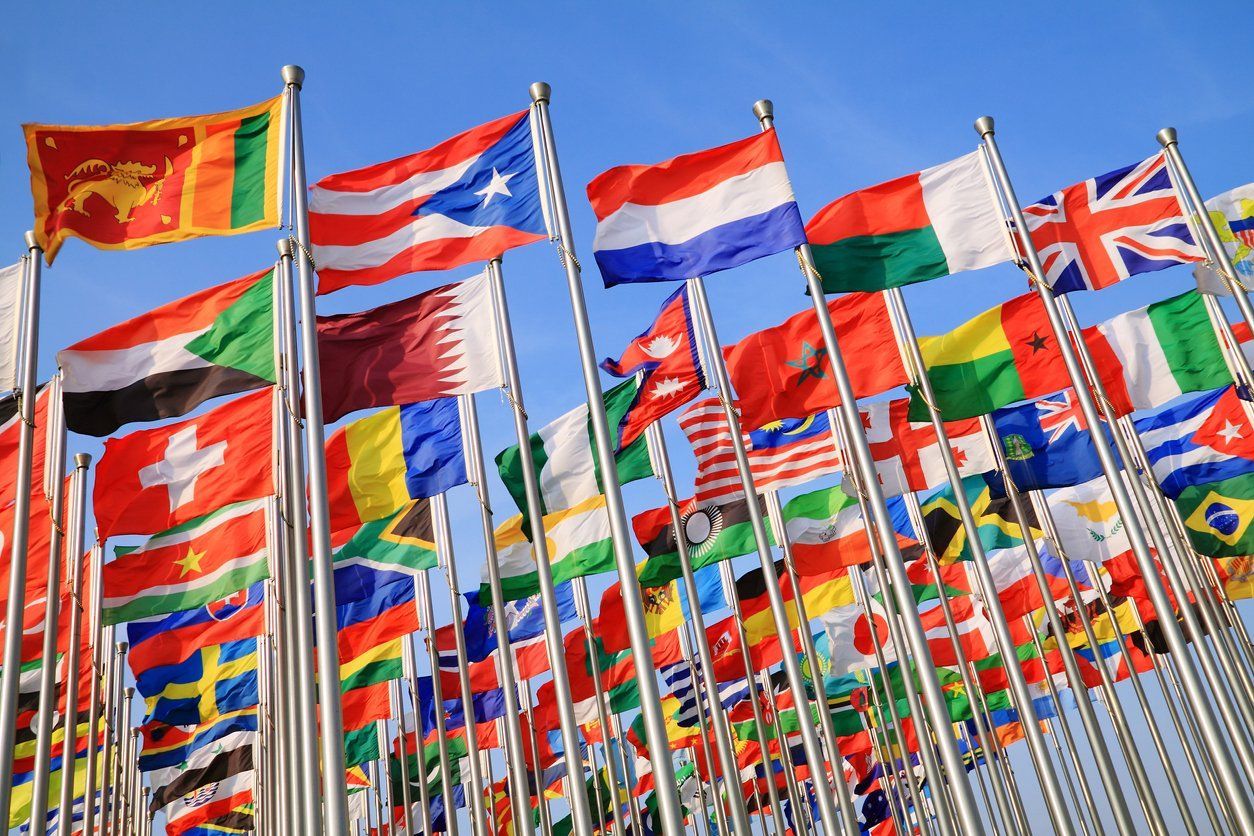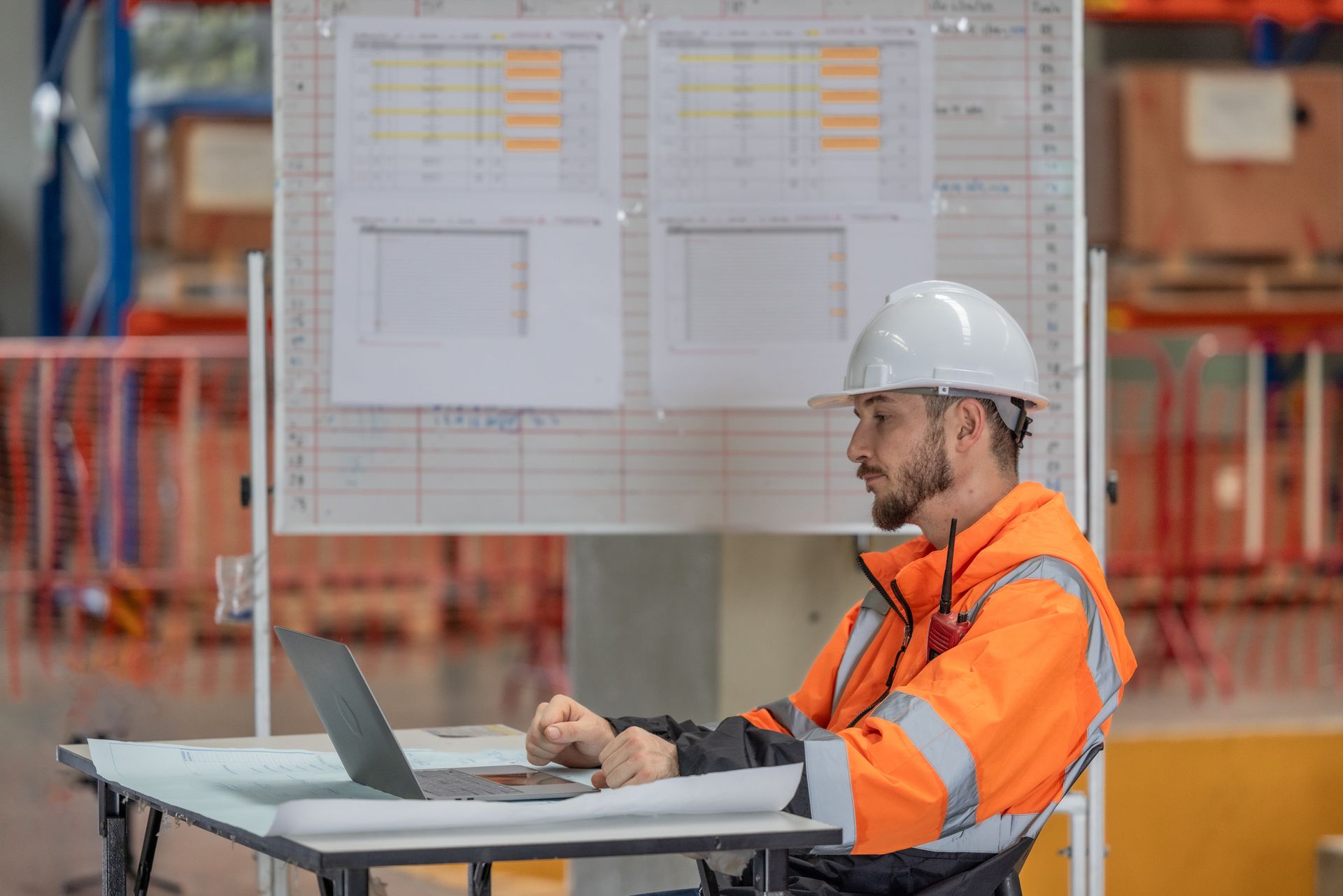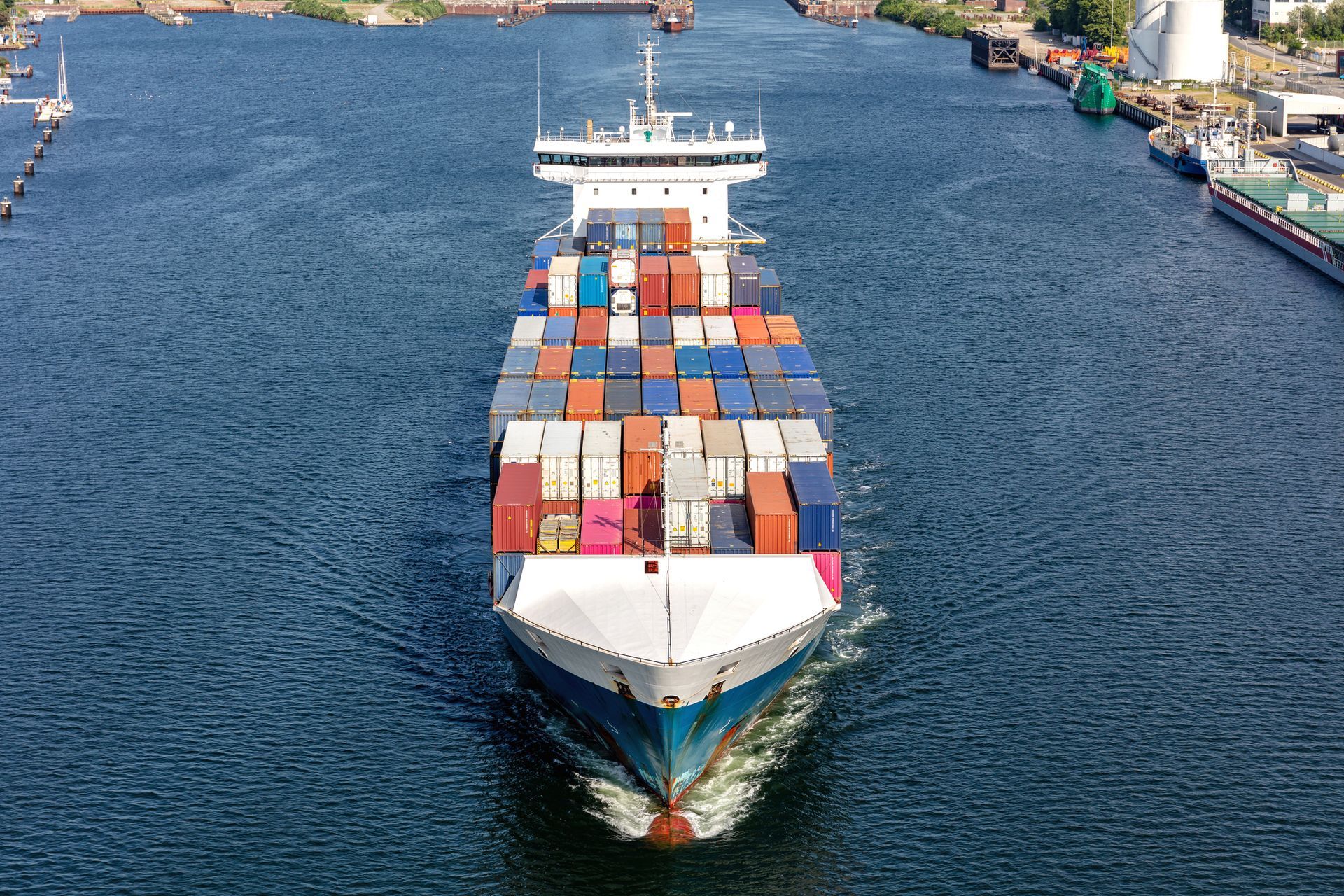
Special series:
Export from analog to digital: to remember the past, learn about the present, and reflect on the future!
Exclusive content about the path of Brazilian foreign trade!
Here at Allink, we are passionate about foreign trade, so we thought of something special to pay tribute to this unique science that is a fundamental part of the world's evolution. This desire gave rise to this material, which brings together reports, research, and reflections on the evolution of foreign trade in Brazil from the computerization of processes to the present day and, as a bonus, some perspectives for the future.
Below you can embark on a unique journey, which brings information that you won't find on Google: visions and reports that come from the daily experience of doing foreign trade by professionals with a wealth of experience in the area!
Commander of this journey:
Carla Vieira - Allink: The creator of this journey!
She has been working in foreign trade since 1998, working in several sectors. She has worked in the import, export, freight forwarding, commissioning, and shipping segments, among others. She is currently responsible for marketing at Allink, a company where she has worked for 10 years. Carla was responsible for the conception and execution of the foreign trade week activities, including the interviews that resulted in this material.
TODAY, THE COMEX SHIP STARTS FROM THE TIME WHEN COMMUNICATION AND MOBILITY WERE CONFUSED, WITH A DESTINATION TO THE PROGRESSIVE BLUR OF BORDERS THROUGH DIGITAL MEDIA.
We communicate, share content, send files, make payments, among other online activities at a speed similar to the technological transformations, accelerated since the 1990s, that brought us here.
Many of us - and we don't even need to be middle-aged to say this - barely had access to a landline phone in our childhood and, now, we live connected to the internet. This digital evolution has brought people from all over the world closer together.
But what about before that? How was the ship of foreign trade run? Nostalgia for those born before the 90s. Surprise for those who grew up with a cell phone in their hands.
Our journey through the transformations of the means of communication in Foreign Trade begins now!
THE BODY IN MOTION AND THE MEANS OF TRANSPORT
Our oldest means of communication is the body. For a long time, it was the main resource available for making communication happen. Remembering our interview with David from Blue Route, even to check the progress of a process you had to move.
On the other hand, the body alone would not be able to handle what we call foreign trade. The evolution of means of transport preceded long-distance communication in contributing to the speed and expansion of possibilities in the area, transporting goods and people across borders.
Martin Von Simson, from Guia Marítimo, tells us about the search for suppliers abroad before the internet:
“It was a lot of traveling, a lot of stuff, it was almost always. [...] You wanted to sell mugs? You had to go to China to look for fifty mug suppliers. [Now] With a Google search you can find them all, you know? [...] I have more airline miles than I would like.”
PLASTIC, TRANSPARENT AND PORTABLE PLATFORM: THE ORGANIZING FOLDER
“Nowadays, to be able to monitor, for example, the progress of your shipment, you can access a website, your service provider’s platform, and you enter the reference number there and find out what stage your process is at. How was this done before the arrival of technology?”
This sentence, said by me, Carla Vieira, from Allink, introduces my account of the process of accessing information organized on paper and organizing folders. How many L folders would be needed to store the content of a website that you access for work? Consulting and maintaining the organization of this material were challenges in themselves.
In the world of physical files, bumping into a table full of folders, knocking them over and mixing up the pages, could create chaos. Resources such as stickers and checklist-type cards were attached to the cover of the folders to facilitate identification. Even so, every now and then a sheet would get lost, making what was already difficult even more difficult.
WHILE YOU COMPLAIN ABOUT THAT AUDIO THAT WAS OVER 1 MINUTE LONG...
Even with an impeccably organized file, consulting information in the time of the folders was an event. How did you obtain external information in this context? I'll tell you with this excerpt from my testimony:
“So, as an importer in the 90s, as a rule, for example, I would contact my service provider and stay on the phone with him asking: ‘So? What’s the status of my process 1? What’s the status of process 2’, and so on. To give you an idea, one of the jobs I had was this follow-up part and I would spend an hour and a half every day with the service provider just getting information about the process [...]”
In the digital age, aversion to phone calls is common, especially among generations Z and millennials, as shown by the LivePerson survey. There are those who don’t even answer calls. But before the consolidation of the internet, what the telephone brought was a radical change: immediate and functional long-distance communication.
THE POWER OF A COMPUTER WITHOUT INTERNET ALONG WITH A DOT MATRIX PRINTER
Nowadays, it is so difficult to dissociate the computer from the web that if the internet goes down, we don’t know what to do with it. Despite this, offline and with limited equipment, the PC revolution left nothing untouched, definitively changing the course of work.
Something seemingly simple, such as the separation between the virtual preparation and printing of a document, eliminated a huge amount of rework by enabling corrections before printing. The offline digital already indicated a simpler and more efficient way of working.
This influence was transforming ways of thinking and producing. One example was the implementation of Data Processing Centers (CPD), which, as David reported, took over the typing of DIs, previously typed by the Foreign Trade professionals themselves.
– HAVE YOU EVER USED A PAYPHONE? OVER.
Until 1997, the public telephone, commonly known as ‘orelhão’, was the alternative for communication during external activities. In that year, Nextel's PTT (radio trunking push-to-talk) technology introduced immediate and accessible mobile communication in Brazil.
With its cinematic jargons of 'listening' and 'exchange', Rádio Nextel brought an exceptional advance to dynamic markets such as foreign trade:
“How did this radio work? It had a specific number, you pressed a little button, and you could communicate from one side to the other. Like a walkie talkie. And this was very popular at that time because it was a quick and easy way to communicate with whoever was on the street.”
NOT EVERYTHING WORKS OUT AT THE RIGHT TIME: THE CASE OF THE FAX
The fax was designed and patented in 1843, the first device was produced in 1947, but it only advanced to commercial use in 1970. Not in Brazil, where it only became popular in the 1990s. Despite its long history, the fax took a long time to achieve satisfactory operation.
There were several problems, culminating in the loss of what had been done in the event of a connection failure. I myself have been hired just to fax, because it took hours to do it.
EMAIL IS FINALLY HERE! BUT NOT FOR EVERYONE. NOT SO FAST!
How many email accounts do you have? How many do you use? If you have an email account that you barely remember and haven't bothered to recover, thank Sabeer Bhatia for not having to pay for it. Invented accidentally in 1971, email only began to be commercialized in the 1980s, but it was an expensive and limited technology:
“[...] when the first email accounts started to appear, it was still very expensive for companies to have these emails. [...]. And sometimes it was on someone's machine. So, if you needed to send an email, you had to say: 'look, let me sit down for a little while at your computer so I can send the email to so-and-so?'. So it took a long time for e-mail to become a tool used by everyone, right? So fax was something that helped with this communication.”
One of the problems was solved in 1983 with webmail, which separated access from computers, but e-mail only became popular in the 1990s, especially from 1997 onwards, when the Indian Sabeer Bhatia launched the first free e-mail service: Hotmail.
From then on, the evolution of communication methods along with technological transformations continued rapidly, overcoming technical and territorial boundaries, with a direct impact on the possibilities of thinking about and conducting foreign trade.
Of course, technology did not have this impact alone. Several events were relevant to the evolution of communication and foreign trade. The Guia Marítimo Magazine, for example, played a revolutionary and pioneering role in foreign trade in Brazil.
Ready for the next journey? Get your ticket and embark on the link:
The adventurer's guide to foreign trade
Have you heard of Guia Marítimo? The magazine that revolutionized Brazilian foreign trade practices proves that human intelligence is the basis of any evolution.
Or, if you want to check out the previous journey, come here:
Welcome aboard analog foreign trade!
Here you will discover what it was like to do foreign trade before computerization, when the way to do everything was to leave the place.
Continue a navegar no blog da Allink

Mantenha-se informado sobre o comércio exterior
Assine nossa newsletter e receba atualizações semanais de forma gratuita sobre o mundo da logística.




